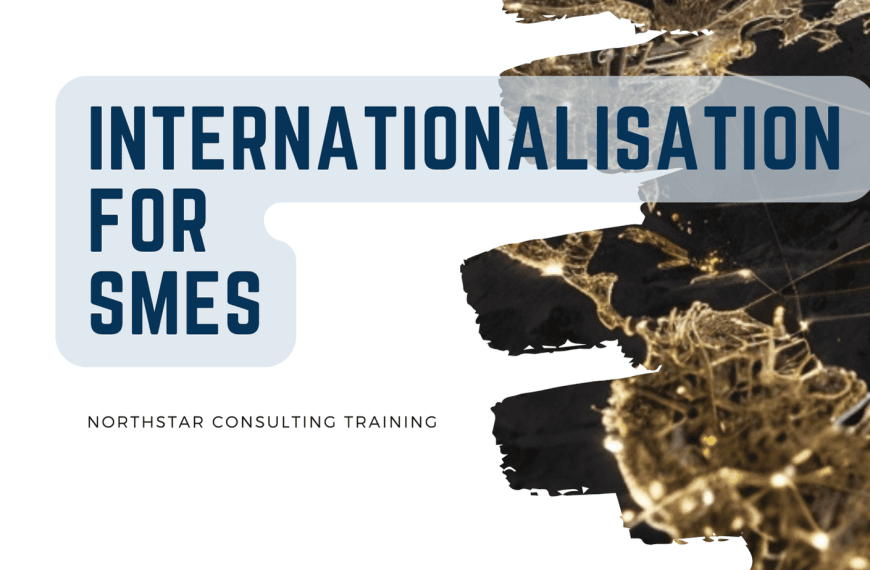Transforming a great idea into a thriving business is no small feat. It takes more than just inspiration; it requires strategic planning, meticulous execution, and a solid foundation in the form of a well-crafted business plan.
If you’re sitting on a brilliant concept but aren’t sure how to get started, this guide will walk you through seven essential steps to turn your vision into reality.
Whether you’re a first-time entrepreneur or a seasoned business owner looking to launch a new venture, we have compiled a list of seven simple steps that will provide you with the tools and insights needed to build a sustainable and scalable business.
Step 1: Validate Your Idea – Is There a Market for It?
Before investing significant time and resources, it’s crucial to ensure that your idea has real-world potential. The validation process involves several key components:
- Market Research: Conduct thorough research to understand industry trends, consumer behaviour, and market size.
- Competitor Analysis: Study your competitors to identify their strengths and weaknesses. What are they doing well? Where do they fall short? This will help you find opportunities to differentiate your offering.
- Customer Feedback: Engage with potential customers through surveys, interviews, or focus groups. Platforms like SurveyMonkey or Typeform can help you gather quantitative data, while one-on-one interviews allow for deeper qualitative insights.
Consider creating a Minimum Viable Product (MVP) to test your idea in the real world. An MVP allows you to gather user feedback without fully developing your product, saving time and money.
Step 2: Define Your Target Audience: Who is your product for?
Understanding your ideal customer is not just about demographics; it’s about diving deep into their psychographics—what motivates them, what challenges they face, and how they make purchasing decisions. Here’s how to go about it:
- Create Customer Personas: Develop detailed profiles of your ideal customers. Include information such as age, gender, income level, education, job title, hobbies, and pain points. The more specific, the better. There are plenty of free persona creator tools like Hubspot’s “Make My Persona”, a good starting point.
- Segment Your Audience: Not all customers are the same. Segment your audience based on behaviour, preferences, or buying habits. For example, a SaaS company might target individual freelancers and large enterprises, each requiring different marketing strategies.
- Empathy Mapping: Go beyond basic demographics by mapping out what your customers think, feel, say, and do. This exercise helps you understand their emotional drivers and tailor your messaging accordingly.
Step 3: Develop Your Unique Value Proposition (UVP) – Why Should They Choose You?
Your UVP is the cornerstone of your business strategy. It should answer the question: Why should customers choose you over the competition? Here’s how to craft a compelling UVP:
- Focus on Benefits, Not Features: Instead of listing product features, highlight the benefits your customers will experience. For example, instead of saying “Our app has a built-in calendar,” say “Our app helps you stay organised and never miss a deadline.”
- Address Pain Points: Clearly articulate how your product or service solves a specific problem. Use language that resonates with your audience’s needs and desires.
- Be Concise and Memorable: Your UVP should be easy to understand and memorable. Think of slogans like “Just Do It” (Nike) or “Think Different” (Apple). These phrases encapsulate the brand’s essence in just a few words.
Key Question to Ask Yourself: If someone were to describe your business in one sentence, what would it be?
Step 4: Outline Your Business Model – How Will You Make Money?
Your business model defines how your company will generate revenue.
There are several common models to consider, depending on your industry and product:
- Direct Sales: Selling physical products directly to consumers (an example could be an e-commerce store).
- Subscription-Based: Offering recurring services or products (Netflix comes to mind).
- Freemium Model: Providing a free version of your product with premium upgrades (think of Dropbox, for example).
- Advertising Revenue: Monetising through ads (e.g., YouTube).
As you outline your business model, consider its scalability. Can you easily add more customers without significantly increasing costs? Subscription-based models, for instance, tend to scale more efficiently than direct sales. We have created the NorthStar Toolbox, which offers a comprehensive set of templates to help you decide on and understand pricing strategies and apply them thoroughly and strategically.
Step 5: Create a Go-to-Market Strategy – How Will You Reach Your Audience?
A strong go-to-market strategy ensures that your product reaches the right people at the right time. Here’s how to create an effective plan:
- Choose the Right Channels: Depending on your audience, different channels may work better.
- Define Your Brand Voice: Your brand voice should align with your audience’s expectations. Are you playful and casual or professional and authoritative?
- Leverage Collaborations: Partnering with influencers can help you reach a wider audience quickly. Micro-influencers (those with smaller but highly engaged followings) often offer better ROI than celebrities.
Remember, no one knows your business better than you do. Especially in the beginning, it’s crucial to start small and experiment with different strategies without fearing mistakes.
Step 7: Write Your Business Plan – Your Roadmap to Success
Your business plan is more than just a document—it’s your roadmap to success. It should start with an Executive Summary, providing a concise overview of your business goals, mission, and vision. This sets the stage for everything that follows.
Next, delve into a Market Analysis. This section offers insights into your industry, competitors, and target audience, helping you understand the landscape in which you operate.
Your Revenue Model is crucial, detailing how your business will generate income. This part should clearly outline your pricing strategies and revenue streams.
The Operational Plan covers the day-to-day operations and logistics of your business. It’s about how you will turn your ideas into reality daily.
Finally, include Financial Projections. These forecasts for growth and profitability are essential for demonstrating the potential of your business to investors and lenders.
At NorthStar, we can help you every step of the way. Sign up for our newsletter to receive weekly updates, templates, free eBooks, and practical how-to guides. Get in touch for a free consultation and initial analysis of your business, or explore our pricing plans designed specifically for micro businesses.
Key takeaways
Turning an idea into a successful business is a journey that requires careful planning, strategic thinking, and continuous learning.
By following these seven steps—validating your idea, defining your audience, crafting a unique value proposition, outlining your business model, creating a go-to-market strategy, planning your finances, and writing a solid business plan—you’ll be well-equipped to navigate the challenges ahead.
Remember, entrepreneurship is not a sprint; it’s a marathon. Stay adaptable, keep learning, and don’t be afraid to pivot when necessary. With the right preparation and mindset, you can transform your vision into a thriving reality.




